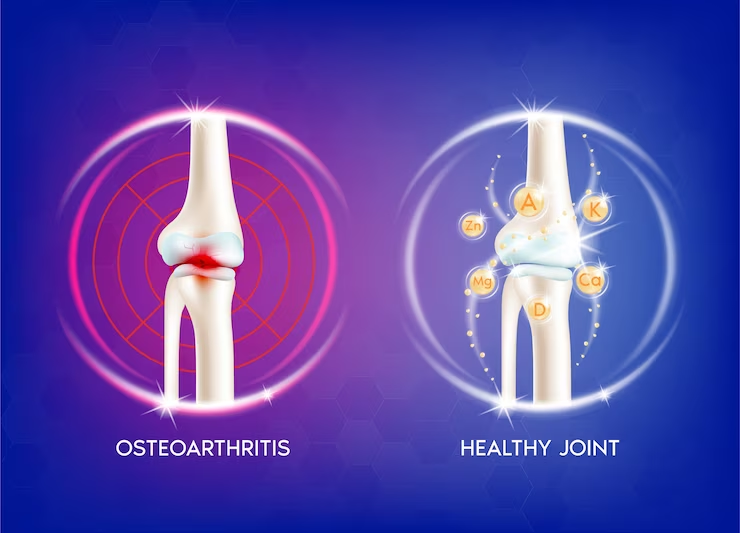Bones, the silent sentinels of our bodies, have long captivated human imagination. From ancient burial rituals to modern forensic investigations, the journey of bones, often referred to as “bone voyage,” holds profound significance across cultures and disciplines.
Unveiling the Secrets of Bone Formation
The journey of bones begins even before birth, as the intricate process of ossification transforms cartilage into solid bone tissue. This remarkable process, orchestrated by a delicate interplay of cells and signaling molecules, lays the foundation for the skeletal system’s resilience and adaptability.
Embryonic Development: From Cartilage to Bone
During embryonic development, mesenchymal cells condense and differentiate into chondrocytes, forming a template of cartilage that serves as the precursor to bone. Through a series of precisely regulated steps, this cartilaginous scaffold undergoes mineralization, giving rise to the bony framework of the body.
Navigating the Pathways of Bone Remodeling
Throughout life, bones undergo a continuous cycle of remodeling, balancing the processes of bone formation and resorption. This dynamic equilibrium ensures structural integrity, repairs micro-damage, and responds to changing mechanical demands, thereby maintaining skeletal health and functionality.
If you want to read more, visit our blog page. We have more topics!
Bone Remodeling: The Dynamic Dance of Osteoblasts and Osteoclasts
Bone remodeling involves the coordinated action of osteoblasts, which deposit new bone matrix, and osteoclasts, which resorb existing bone tissue. This intricate interplay allows bones to adapt to mechanical stress, regulate mineral homeostasis, and repair injuries, ensuring their strength and resilience.
The Role of Bones in Health and Disease
Guardians of Vital Organs: The Protective Shield of Bones
Beyond providing structural support, bones safeguard vital organs, such as the brain, heart, and lungs, shielding them from external trauma and injury. This protective function underscores the critical role of bones in preserving overall health and well-being.
Cranial Bones: Protecting the Brain’s Precious Cargo
The cranial bones, including the skull and facial bones, form a sturdy enclosure that shields the brain from impact and injury. Their intricate architecture not only provides protection but also accommodates the passage of nerves and blood vessels, facilitating essential physiological functions.
The Language of Bones: Insights from Forensic Anthropology
In forensic investigations, bones serve as invaluable clues, revealing insights into an individual’s identity, age, gender, and even lifestyle. Forensic anthropologists employ meticulous examination techniques, such as osteometric analysis and skeletal trauma assessment, to reconstruct the story encoded within the skeletal remains.
Skeletal Trauma Analysis: Deciphering the Evidence of Injury
By examining patterns of bone fractures, abrasions, and other skeletal lesions, forensic anthropologists can deduce the circumstances surrounding an individual’s death. Whether through accidents, violence, or natural causes, each injury leaves a distinctive imprint on the bones, providing crucial forensic evidence.
Expand your knowledge and check out more posts on our blog!
Cultural Perspectives on Bone Voyage
Ancient Rituals and Ceremonies: Honoring the Journey Beyond
Across civilizations, rituals surrounding death and burial reflect profound beliefs about the afterlife and the journey of the soul. From elaborate funerary rites in ancient Egypt to sky burial practices in Tibet, each tradition offers a unique perspective on the passage from life to death and beyond.
Funerary Practices: Commemorating the Departed with Reverence
Funerary practices vary widely across cultures, encompassing burial, cremation, sky burial, and other rituals that honor the deceased and facilitate their transition to the afterlife. These traditions serve not only as acts of remembrance but also as expressions of cultural identity and spiritual beliefs.
Artistic Expressions: Bones as Symbols of Mortality and Transcendence
In art and literature, Bone Voyage have served as powerful symbols, evoking themes of mortality, resurrection, and the cyclical nature of existence. From Shakespearean tragedies to contemporary artworks, the imagery of bones continues to inspire introspection and contemplation.
Symbolism in Art: Exploring the Allegorical Meaning of Bones
Artists throughout history have employed bones as potent symbols, representing the fragility of life. The inevitability of death, and the enduring resilience of the human spirit. Whether depicted in paintings, sculptures, or literary works. Bones evoke a sense of both mortality and transcendence, inviting viewers to ponder life’s mysteries.
Conclusion
The “bone voyage” encompasses a profound journey that transcends time, culture, and scientific inquiry. From the mysteries of embryonic development to the echoes of ancient rituals. Bones weave a narrative of resilience, transformation, and enduring significance in the tapestry of human experience.
Frequently Asked Questions (FAQs)
What factors influence bone health?
Nutrition, physical activity, hormonal balance, and genetics all play crucial roles in maintaining bone health throughout life.
How do bones respond to injury or trauma?
Bones possess remarkable regenerative capabilities. Allowing them to heal fractures through a process known as fracture repair, wherein specialized cells rebuild the damaged tissue.
Are there any cultural taboos associated with bones?
Yes, many cultures have taboos surrounding the handling and treatment of human remains. Reflecting deeply held beliefs about respect for the deceased and the journey of the soul.
Can bones provide clues about past civilizations?
Absolutely, archaeological studies often rely on skeletal remains to reconstruct ancient societies’ demographics, lifestyles, and even dietary habits.
How does aging affect bone health?
Aging is associated with a gradual loss of bone density and strength. Leading to an increased risk of fractures and osteoporosis, highlighting the importance of preventive measures such as exercise and adequate nutrition.







